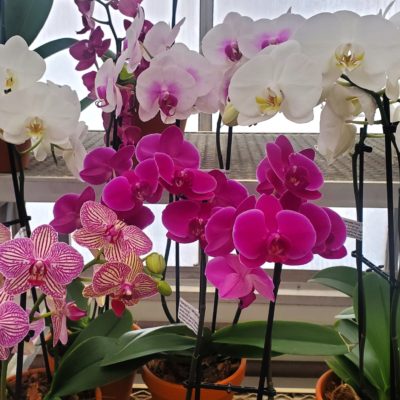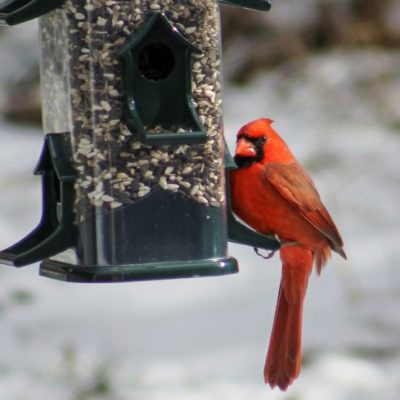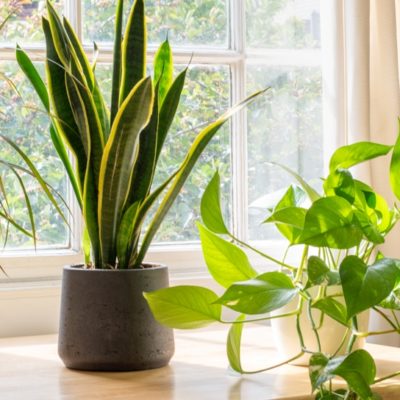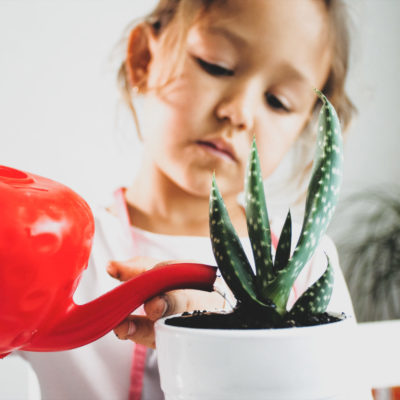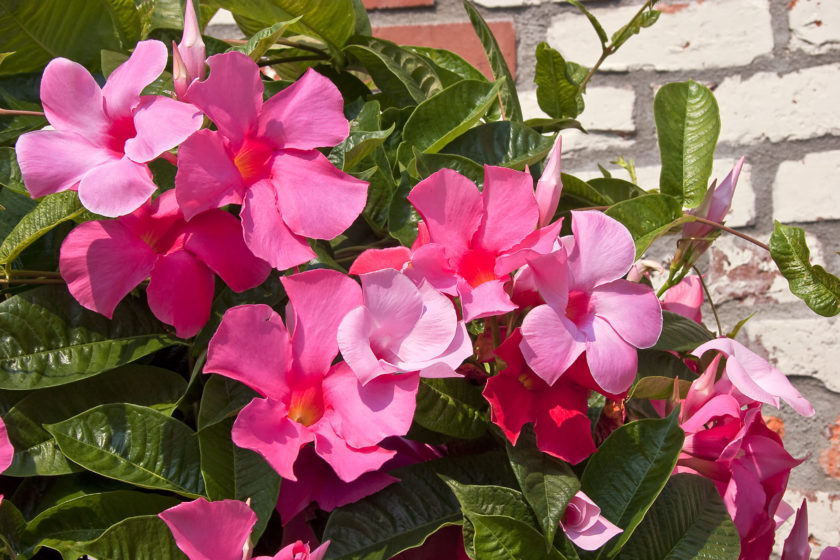
Bring the Tropics to Your Outdoor Spaces
Tropical houseplants are amazing, period. They offer beautiful foliage, stunning blooms, and help get all of us through those not-so-pretty winter days. As the weather warms up and the days get brighter and longer, we all tend to spend a lot more time outdoors so why not bring all those tropicals outside, too? Of course, you don’t have to move them outdoors; some varieties may be in very large pots that are heavy/difficult to transport, or you simply don’t want to move them outside just to bring them back in a few months later (and that’s okay!)
Tropical varieties that thrive in higher light conditions, like many flowering houseplants, will greatly appreciate soaking in that bright summer sunlight while simultaneously creating a gorgeous jungle paradise on your back porch. Plus, a large banana plant can double as a shade umbrella! But there are some very important factors to consider before taking your ficus outside, such as:
1. Outdoor temperatures must be above 10°C (50°F) both day and night, though we’re more comfortable waiting until it reaches 15°C (60°F). This usually happens around mid- to late June, Mother Nature permitting, until around Labour Day weekend. If the weather reports are calling for chilly nights or low temperatures, bring your tropicals back indoors to keep them safe and warm.
2. Living indoors has made your houseplants a bit spoiled, since they don’t have to deal with the elements (wind, direct UV rays, heat, etc) every day. So, to reduce the risk of sunburn and stress you’ll have to gradually introduce your tropicals to the outdoors. Put them in a shady spot on the first day, then morning sun the second day. Gradually increase the amount of direct sun over the next week or so to get them used to their new environments.
3. Outdoors, tropicals will dry out faster and will need to be watered more frequently. Rainfall can help with this, though a wet summer could lead to other issues. Check your plants daily and water according to their individual needs and the weather patterns.
4. Planting tropicals directly into the garden may look gorgeous, but you’ll have to dig them up and repot them in the fall so it’s a lot easier to just keep them in their existing pots. To get the “garden” effect, you can dig a hole large enough to fit the original pot, then set the pot inside to create a semi-seamless flower bed.
5. Once the temperature starts to drop at the end of the season, you can help reduce stress on your tropicals by bringing them back inside once, rather than moving them back and forth. They’ll still go through an adjustment period, usually by dropping their older foliage; you can help acclimatize by pruning their branches and misting those varieties that love extra humidity.
As stated above, there’s no rule that says you have to put your tropicals outdoors. If you choose to adjust your tropical houseplants to the outdoors they can create a beautiful tropical feel in your outdoor spaces. However, if indoors if what fits best, they are just as happy there, too!

